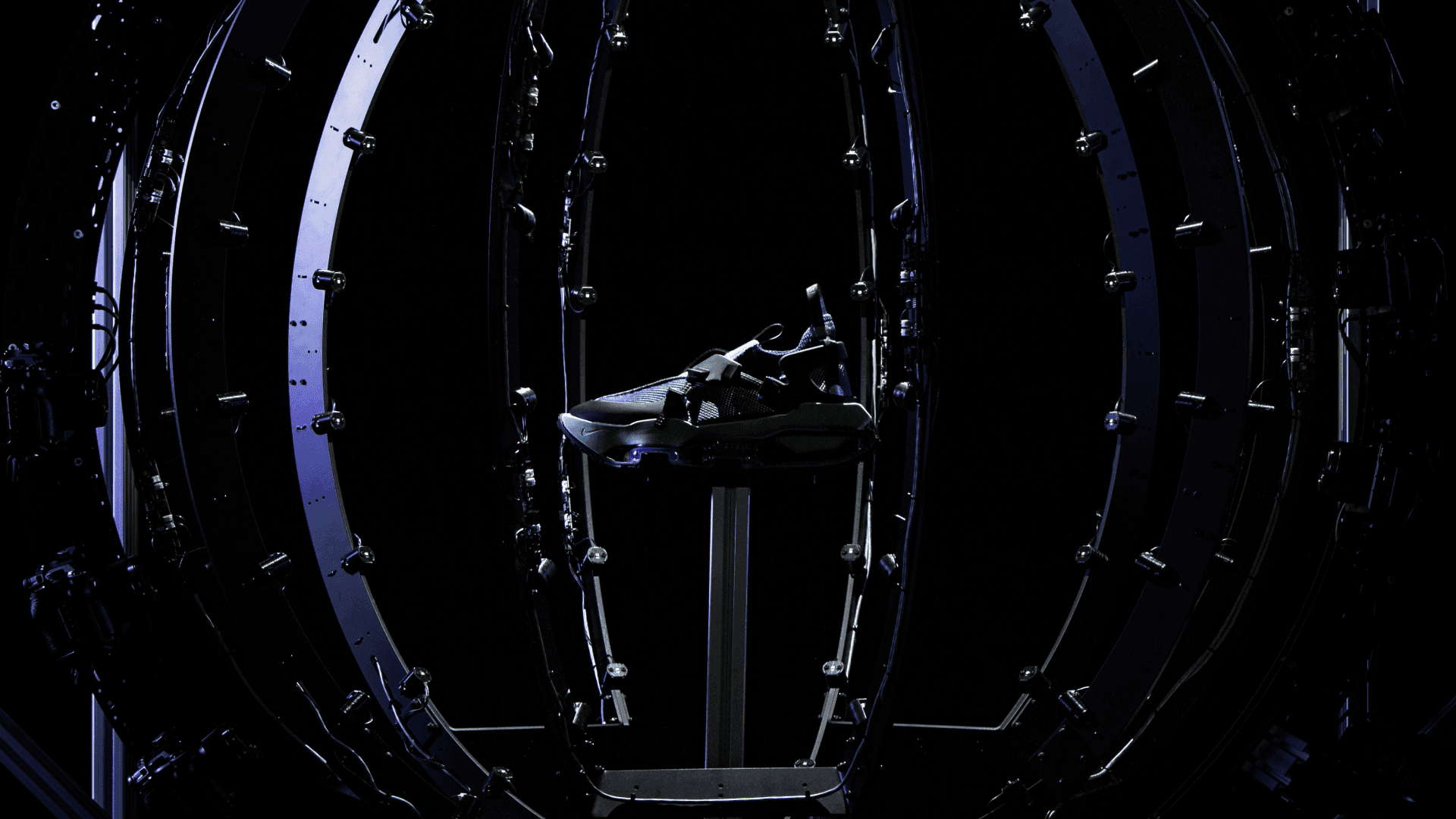Ryan Howell
Jul 9, 2025
Elliott Round
Jul 25, 2023

As advancements in technology have made 3D scanning increasingly accessible, a critical aspect that remains challenging is the accurate capture of material properties. But what are material properties, why are they important, and how does their capture impact the realism, scale, and cost of 3D projects?
Material properties refer to the physical attributes of an object that affect how it interacts with light. These include factors such as colour, reflectivity, roughness, transparency and many more. These properties determine how an object appears under different lighting conditions, contributing to its unique look and feel. Such properties allow us to look at something and determine if it is soft, rough, tacky or wet without physically touching it.
In Computer Graphics, 3D objects also have material properties that instruct computer simulations how to render a 3D object. It allows for the creation of 3D objects that react like their real-world counterparts under varying light conditions. In industries like film, gaming, and fashion, this level of realism can dramatically enhance the immersive experience, making the difference between an object that looks "real" and one that does not.
Traditionally, the task of replicating these properties in 3D models has largely been left to artists. They painstakingly emulate the properties using a combination of personal observation, experience, and a lot of trial and error. This artist-driven process, while effective, is time-consuming, costly, and can often lead to inconsistent results, particularly when working on large projects with multiple artists.
The three main challenges in the current 3D capture process are realism, scale, and cost.
Realism: While talented artists can create compelling representations, there are limits to what can be achieved manually. Subtle details may be overlooked or impossible to replicate, leaving a gap between the 3D model and the real-world object.
Scale: As projects grow in size, maintaining consistency across hundreds or even thousands of different materials becomes increasingly difficult. The task of manually adjusting each material can become an insurmountable task, threatening project deadlines.
Cost: The artist-driven process is labor-intensive, requiring highly skilled artists spending long hours to achieve desired results. This inevitably increases the project budget, sometimes dramatically so.
To address these pain points, the industry needs a solution that offers accurate, scalable, and cost-effective material capture. At M-XR , we are solving such pain points with an all-encompassing solution, able to accurately capture material properties over 3D objects, increasing realism whilst also bringing down costs and offering scale.
Read M-XR's solution to material capture.